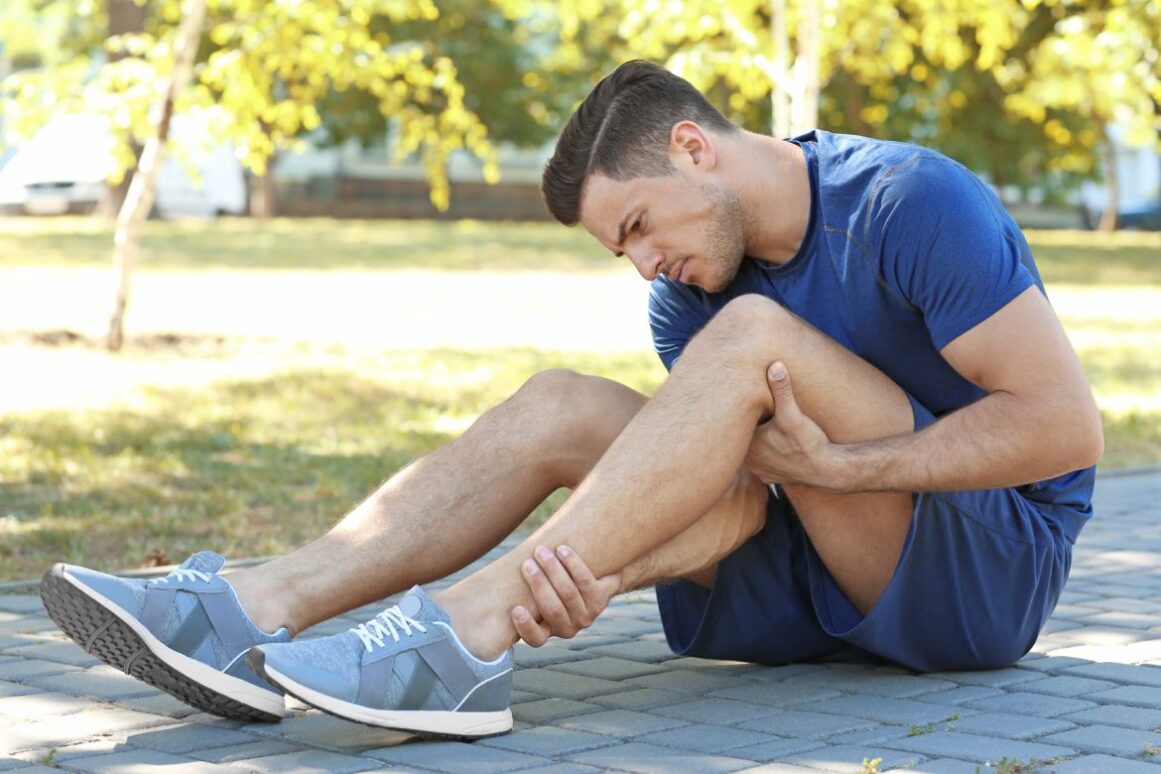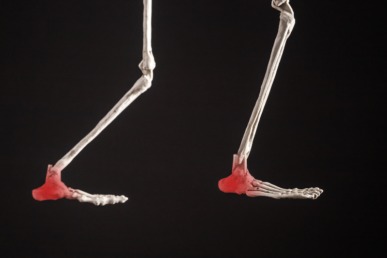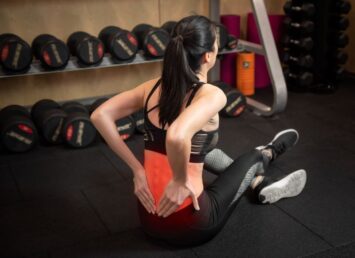Shin splints develop from repeated stress to the shin bone by the pulling and tugging of the muscles and connective tissue in the lower leg. The pain often occurs with beginner and seasoned athletes and is a painful condition that interferes with athletes’ training regimes. Instead of discontinuing your training, there are a few things you can do to manage the shin pain while running.
Choosing the correct attire with adequate support
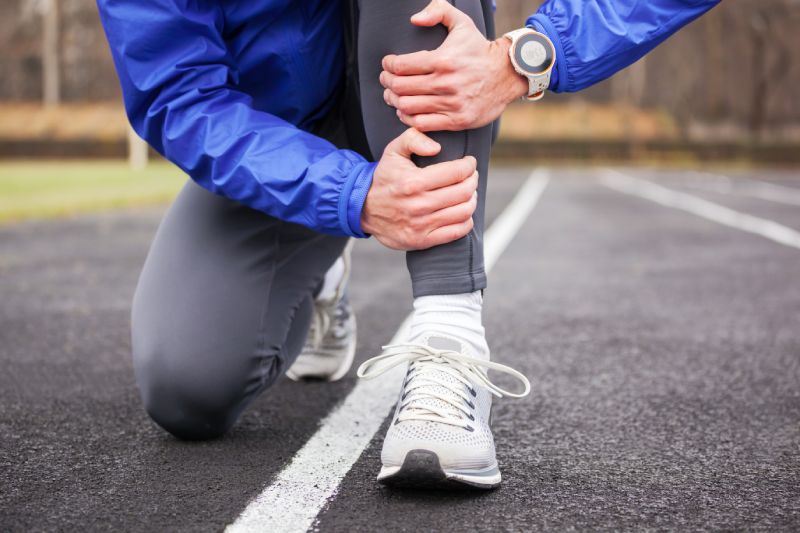
Make sure that you wear the correct shoes with good arch and heel support and shock-absorbing insoles. Custom orthotics with padding reduce stress on the shin during running and sports tape can also be applied for more support. As tight calf muscles might be a cause of shin pain, compression garments such as socks, full-length tights, or three-quarter-length pants might relieve the shin pain while running.
Choose the right start before your exercise
Warming up
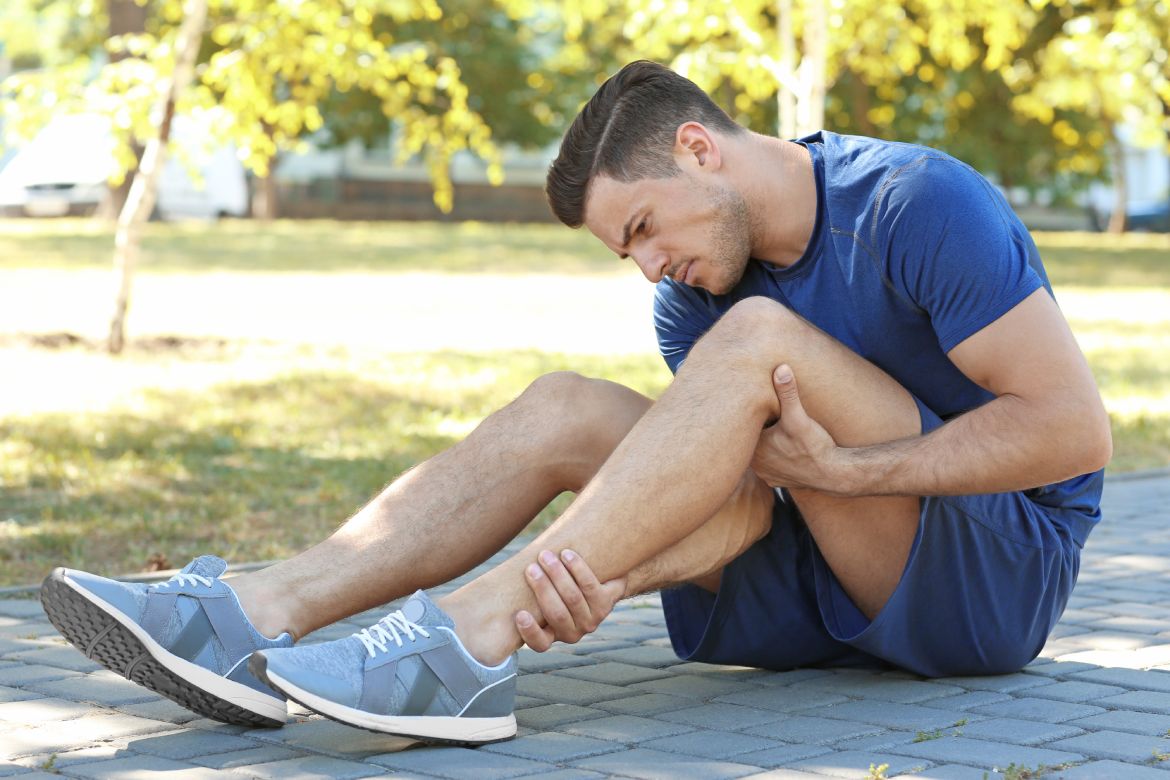
before an exercise is to prepare yourself mentally and physically. With a good warm-up, you elevate core temperature and increase blood flow to the working muscles. This results in more oxygen becoming available to the muscles. A good warm-up will help your muscles, ligaments, and tendons to work with ease.
Stretching
supports more flexibility for the muscles to contract and relax and reduces the risk of injury. It prepares the muscles for more strenuous exercise and reduces the chances of shin splints. When the muscles are too tight during an exercise, the muscle imbalance can cause injury or strain. Stretching before exercise adds balance to the lower legs so that the muscles work together.
Choosing the correct surface to work out
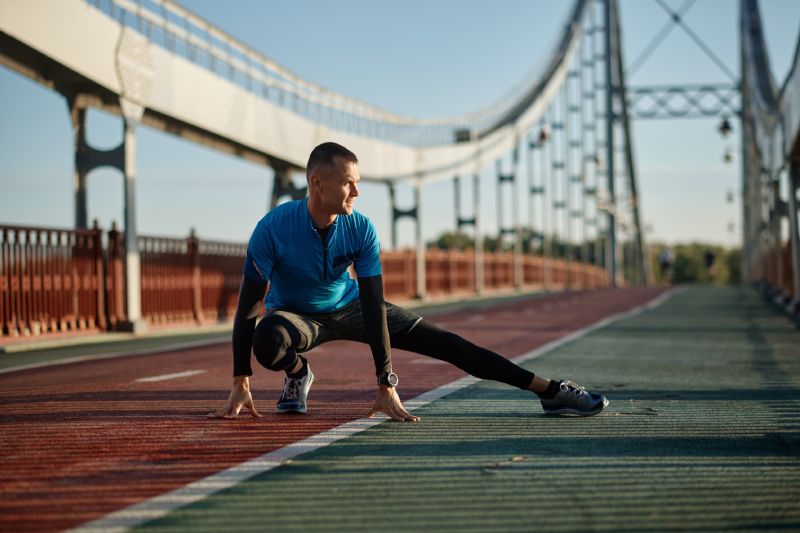
High-impact activities on hard or inclined surfaces such as concrete can put added strain on your muscles, joints, and bones. The best surface to run on depends on your level of fitness and experience, your body, your goals, and your shoes. It is advisable to run on softer surfaces like grass or a dirt trail if you are planning a longer run. Using the treadmill once or twice a week may similarly be easier on the body than the normal concrete sidewalk.
There are many surfaces to run on, depending on your own comfort level and goals. When in a new environment offering a different surface for running, like on the beach or in snow, it is sensible to start slow with the appropriate support in attire. Just listen to your body and do not push yourself too hard, which could lead to injury.
It is a good idea for experienced runners to vary running surfaces to improve strength and balance but not at the cost of an injury. Therefore, if your shin splints increase, find another route or surface to run on.
Correct technique
When running with an incorrect placing of the feet, causing either the ankles to roll in or the feet to roll toward the outside edge (overpronate or supinate) the front leg muscles work harder to help stabilize the feet. If, on top of it all, you are wearing non-supportive shoes, shin splints pain will intensify.
Choose a slow start
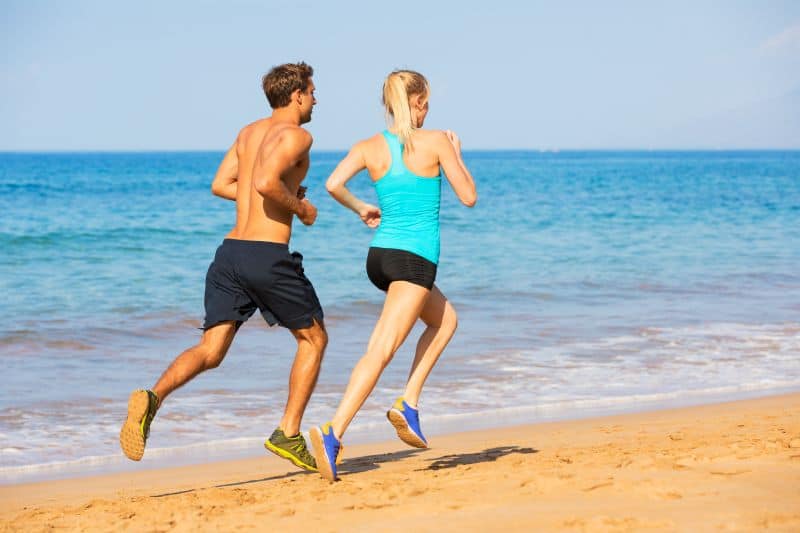
Beginner runners often make the mistake of doing too much too soon. A slow start will be more effective in learning the correct behavior to adapt to your personal running experience like the correct shoes and attire for weather and support, the correct diet to follow, the correct body form for the trail you are on, and increasing the mileage gradually.
Strength Training
Weak anterior tibialis muscles – the muscles running along the front side of your lower leg responsible for the flexing of the foot at the ankle – cause shin pain when running. Simple stretching exercises, such as heel and toe raise, can strengthen your calf and shin, and prevent shin pain. These, and other stretching exercises before and after a run, will build calf muscles and help with flexibility.
What else to do

Some more considerations that can help you avoid injury and splint pain while running, would be to avoid high-intensity, high-impact activities like jumping rope, dancing, and gymnastics, or sports activities like basketball or soccer where there are high-speed stops and starts. Rather, consider cross-training such as swimming in place of your regular running exercise once a week if the pain increases or persists. Take a break and continue with stretching and strengthening training to help and support the muscles in your lower leg to return to your running earlier.
Talk to professionals
If you want to get the most out of your running experience and not be limited by pain and injury, you can always get professional advice from sports chiropractors, who can provide effective and safe options to assist you in preventing shin splints!

